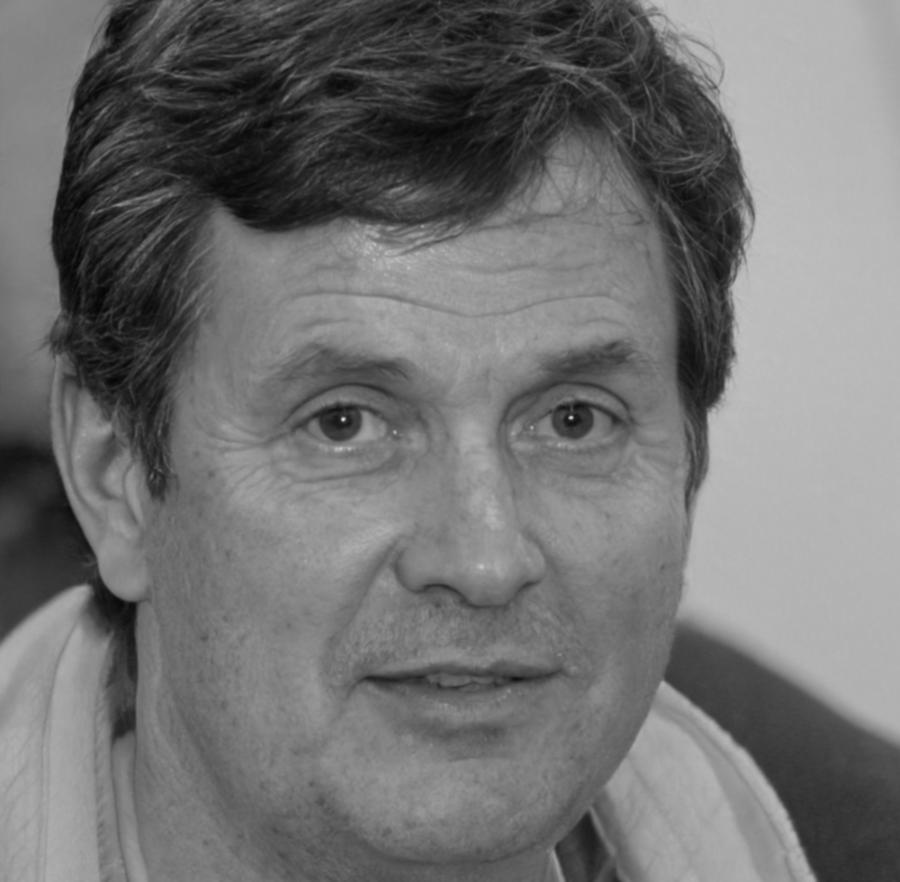Master Financial Scenario Planning
Real-world modeling skills that help businesses plan for tomorrow. We teach you how to build scenarios that actually matter, not just spreadsheet formulas. Our September 2025 cohort focuses on practical Vietnamese market applications.
Explore Programs
Why Scenario Modeling Matters in 2025
Companies don't fail because they lack data. They fail because they can't see around corners. We teach you how to build models that anticipate change before it arrives.
Market Volatility Planning
Currency swings happen fast in Vietnam. Learn to build models that account for VND fluctuations, interest rate changes, and regional trade impacts. Your scenarios will cover multiple market conditions.
Cash Flow Projection
Most businesses run into trouble with timing, not profitability. Build models that show when money moves, not just if it moves. We focus on quarterly patterns that match Vietnamese fiscal cycles.
Growth vs. Stability
Should you expand or consolidate? Your model will show the trade-offs. We work through real scenarios where businesses chose different paths and what happened next.


How Our Approach Differs
Theory is fine, but you need to build actual models that work. Our autumn 2025 program runs for eight months because real skills take time to develop. Here's what happens during that period.
- You'll start with basic three-scenario models in month one. Best case, worst case, most likely. Then we complicate things as markets actually behave.
- By month three, you're building sensitivity analyses. Change one variable and watch twenty others adjust. This is where people start seeing connections they missed.
- Months five through six focus on Vietnamese market specifics. Regulatory changes, seasonal patterns, regional differences between north and south markets.
- Final two months you build a complete model for a real business case. Some participants use their own companies. Others work with our partner businesses who need actual modeling help.
What You'll Actually Learn
Forget certification badges. You'll leave with models you built yourself and understand completely. Most of our 2024 participants still use the frameworks they created during class.
Build Resilient Financial Models
Markets change faster than plans. Your models need to flex without breaking. We teach you how to build scenarios that hold up when assumptions fail.
You'll learn techniques for stress-testing projections, identifying weak points in your logic, and building contingency plans that actually trigger when needed. Not every scenario plays out as expected, but good models show you what to watch for.


Dũng Văn
I spent twelve years building models for manufacturing companies in Bắc Ninh and Hải Phòng. Watched plenty of them succeed and a few fail. The ones that survived always had better scenarios prepared. That's what I teach now.
Real-World Application Focus
Every exercise connects to actual business decisions. Should this company lease or buy equipment? When should they hire their next employee? How much inventory buffers make sense given their cash position?
We use anonymized cases from Vietnamese businesses across manufacturing, retail, and services. You'll see how different industries approach the same modeling challenges differently, and why those differences matter.